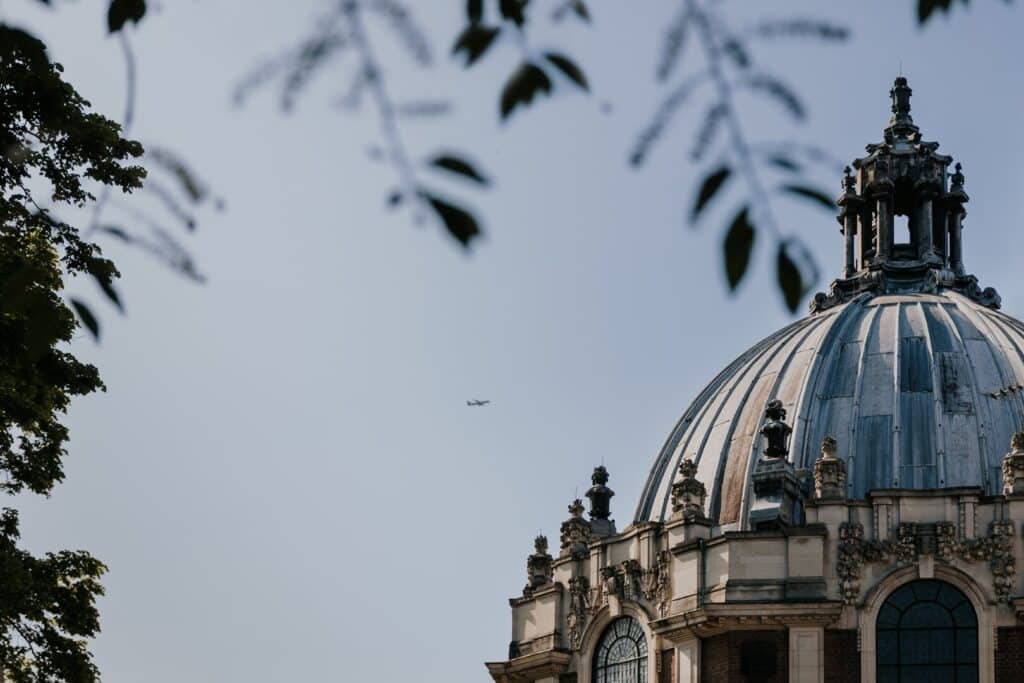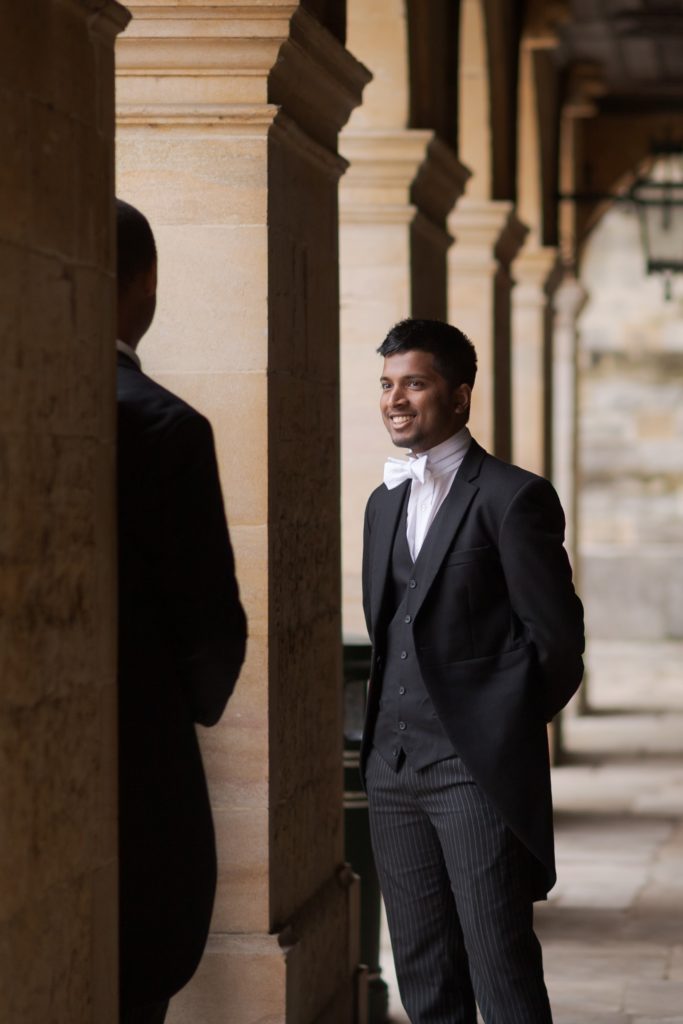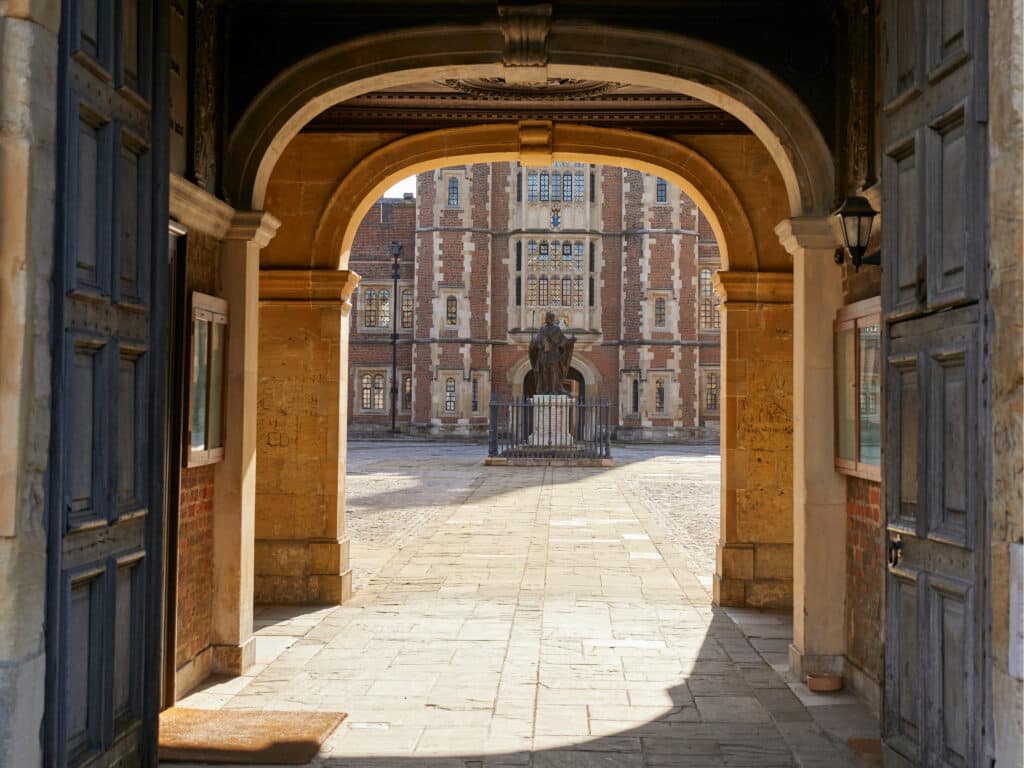I embarked upon this action research project in the Michaelmas term of 2018 as a response to a problem I had observed in my classroom for a number of years: boys encountered complicated historical stories on a daily basis but were rarely willing or equipped to grapple with why and how these stories were complicated.
The project revealed that complexity, whilst adding much needed tone to a black and white interpretation, can also cloud boys’ ‘views’ of a period. Although their ability to identify and explain where and why a ‘single story’ was developed and the ability to complicate this using their own knowledge was greatly improved, it became clear that this needed to be part of a bigger re-think about how to approach teaching history.
Stories are problematic in the history classroom. Whilst they have the innate power to enthral and enlighten, they also oversimplify, often provide a single lens or viewpoint, and most dangerous of all, allow power to rest with the storyteller rather than the story’s subject. As Kellner (1989) asserts, ‘the straightness of any story is a rhetoric invention’ (p. x), and historians are liable to develop ‘selective, ordering, re-contextualising strategies’ (Parkes, 2009, p.124) to make sense of, and give meaning, to the past. Creating a story of the past makes it recognisable, providing order and intrigue, but for boys whose skills of historical reasoning (van Boxtel & van Drie, 2013) are still evolving, the ability to discern that stories are interpretations of the past, rather than the unfiltered past, is a lesson which must be taught explicitly.
Challenging their conception of historical truth and the perceived objectivity of some stories was a necessary first step, as Megill (2017) suggests ‘we must acknowledge narratives are images of the world rather than objective reflections of it’ (p. 64). Then within the context of Mao’s China, understanding why the multiplicity of ‘stories’ that are now available had been previously absent and why the official story has been, mostly, heavily censored and purposefully constructed, was essential before contrasting it to oppositional stories that are being discovered by garbologists and sinologists. Making sense of these stories, and using them to create their own, was the final step. It was fundamental to challenge preconceptions and pre-existing stories by actively engaging with complex history. Indeed, embracing complexity and multivoicedness (heteroglossia) was a challenge worth pursuing, and one which using the methodology of action research offered all stakeholders (Stringer, 2014, p. 15), myself and the boys included, the chance to evaluate how well we responded to that challenge.
Data Collection
This action research project included a wide range of sources to provide data for collection and analysis. Data collection was divided into three distinct steps, mirroring the intended conceptual development of
the boys and driven by the overall enquiry question. This ensured credibility through a polyangulation mixed methods approach (Mertler, 2017).
Step 1
Linguistic analysis of the initial ‘story’ of China, focus on use of domain-specific vocabulary, complexity and multiplicity of interpretations, and teacher observation and voice recording of boys’ highlighting and annotation of historians examples.
Step 2
Audio recording and teacher observations of classroom conversations, using van Boxtel et al’s (2016) ‘characterisation of student talk’ table to analyse focus and depth of understanding in independent presentations.
Step 3
Linguistic analysis of final story and closing interviews.
Reflections
Rüsen (1993) argued ‘historical learning cannot just be a process of acquiring history as ‘objective’ facts; it must also involve historical knowledge beginning to play a role in the mental household of a subject’ (p. 87). Exploring the process of learning history with the boys, and discussing their experience of it, demonstrated just how correct Rüsen was. Their initial stories of Mao’s China explored a one-dimensional interpretation, accompanied by absolute vocabulary choices and were shaded with a determination to name or characterise the period as a recognisable entity.
It became increasingly clear, through explicitly discussing the issues professional historians face and through asking the boys to express their concerns and doubts about their learning, that living with open-endedness and modality rather than absolutes was uncomfortable for them. As the project progressed, however, all eight of the participants engaged directly with this discomfort, and the final stories they produced demonstrated measurably improved levels of historical literacy (Chapman, 2011).
The success of this project, and the many questions it has raised for future consideration, have already had an impact on my practice. My Year 11 class have investigated the issues of ownership of the Arab-Israeli conflict narrative, and my Year 9 class researched an example of destruction and the story that was created around it. Each of these activities was approached by openly discussing the complexity of understanding how and why stories are created and sustained in history, and encouraging boys to embrace the discomfort of a clouded conclusion.
In preparing boys for a world where facts are easily manipulated and claims of ‘objectivity’ are dubiously omnipresent, this project has been vital in teaching me the need to challenge the ease with which boys tend to accept stories at face value. Whilst the eight Year 13 boys who participated walked away with a complicated story, they walked away richer in their historical understanding.
References
Chapman, A. (2011). Using Time’s arrows? Using a dartboard scaffold to understand historical action. Teaching History, 143: 32-39.
Kellner, H. (1989). Language and historical representation. Madison: University of Wisconsin Press.
Megill, A. (2017). Historical Knowledge, Historical Error: A Contemporary Guide to Practice. Chicago: University of Chicago Press.
Mertler, C.A. (2017). Action Research: Improving Schools and Empowering Educators. Los Angeles: Sage Publications.
Parkes, R. (2009). Teaching History as historiography: engaging narrative diversity in the curriculum. International Journal of Historical Learning, Teaching and Research, 8(2): 118-133.
Rüsen, J. (1993). The Development of Narrative Competence in Historical Learning: An Ontogenetical Hypothesis Concerning Moral Consciousness. In: Duvenage, P. (ed.) Studies in Metahistory, Pretoria: Human Sciences Research Council.
Stringer, E. T. (2014). Action research (4th ed.). Thousand Oaks, CA: Sage.
van Boxtel C. & van Drie, J. (2013). Historical reasoning in the classroom: What does it look like and how can we enhance it? Teaching History, 150, p. 44-55
van Boxtel C., Havekes, H., Coppen, P.A., & Luttenberg, J. (2016). Stimulating Historical Thinking in a Collaborative Learning Task: An Analysis of Student Talk and Written Answers, International Journal of Historical Learning, Teaching and Research, 13:2, p. 106-126



